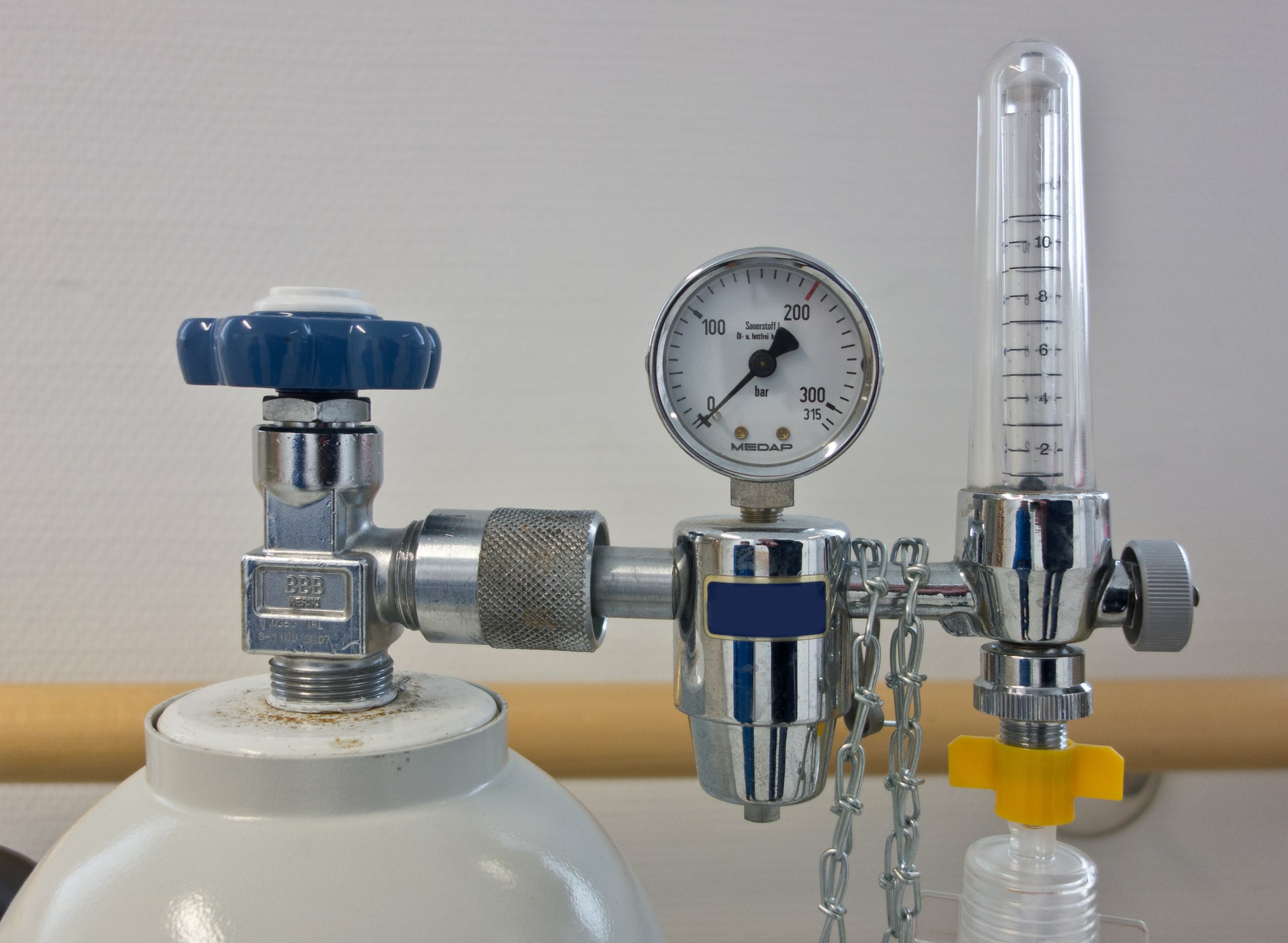News release
From:
Mammals can use their intestines to breathe
Rodents and pigs share with certain aquatic organisms the ability to use their intestines for respiration, finds a study publishing May 14th in the journal Med. The researchers demonstrated that the delivery of oxygen gas or oxygenated liquid through the rectum provided vital rescue to two mammalian models of respiratory failure.
"Artificial respiratory support plays a vital role in the clinical management of respiratory failure due to severe illnesses such as pneumonia or acute respiratory distress syndrome," says senior study author Takanori Takebe (@TakebeLab) of the Tokyo Medical and Dental University and the Cincinnati Children's Hospital Medical Center. "Although the side effects and safety need to be thoroughly evaluated in humans, our approach may offer a new paradigm to support critically ill patients with respiratory failure."
Several aquatic organisms have evolved unique intestinal breathing mechanisms to survive under low-oxygen conditions using organs other than lungs or gills. For example, sea cucumbers, freshwater fish called loaches, and certain freshwater catfish use their intestines for respiration. But it has been heavily debated whether mammals have similar capabilities.
In the new study, Takebe and his collaborators provide evidence for intestinal breathing in rats, mice, and pigs. First, they designed an intestinal gas ventilation system to administer pure oxygen through the rectum of mice. They showed that without the system, no mice survived 11 minutes of extremely low-oxygen conditions. With intestinal gas ventilation, more oxygen reached the heart, and 75% of mice survived 50 minutes of normally lethal low-oxygen conditions.
Because the intestinal gas ventilation system requires abrasion of the intestinal muscosa, it is unlikely to be clinically feasible, especially in severely ill patients--so the researchers also developed a liquid-based alternative using oxygenated perfluorochemicals. These chemicals have already been shown clinically to be biocompatible and safe in humans.
The intestinal liquid ventilation system provided therapeutic benefits to rodents and pigs exposed to non-lethal low-oxygen conditions. Mice receiving intestinal ventilation could walk farther in a 10% oxygen chamber, and more oxygen reached their heart, compared to mice that did not receive intestinal ventilation. Similar results were evident in pigs. Intestinal liquid ventilation reversed skin pallor and coldness and increased their levels of oxygen, without producing obvious side effects. Taken together, the results show that this strategy is effective in providing oxygen that reaches circulation and alleviates respiratory failure symptoms in two mammalian model systems.
With support from the Japan Agency for Medical Research and Development to combat the coronavirus disease 2019 (COVID-19) pandemic, the researchers plan to expand their preclinical studies and pursue regulatory steps to accelerate the path to clinical translation.
"The recent SARS-CoV-2 pandemic is overwhelming the clinical need for ventilators and artificial lungs, resulting in a critical shortage of available devices, and endangering patients' lives worldwide," Takebe says. "The level of arterial oxygenation provided by our ventilation system, if scaled for human application, is likely sufficient to treat patients with severe respiratory failure, potentially providing life-saving oxygenation."
###
This work was supported by Research Program on Emerging and Re-emerging Infectious Diseases, Research Projects on COVID-19, from the Japan Agency for Medical Research and Development, and AMED The Translational Research program and AMED Program for technological innovation of regenerative medicine.



 International
International


